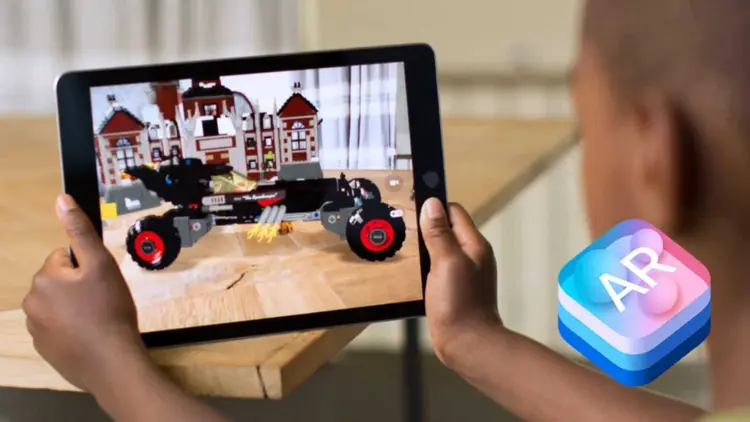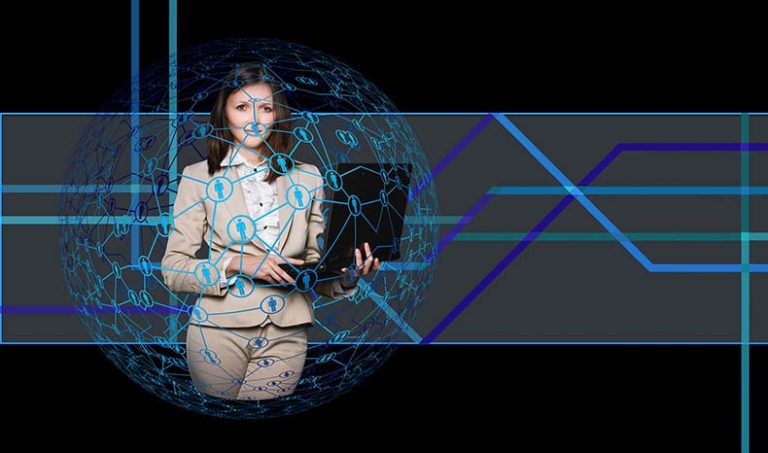User-Centric Design in EdTech: Enhancing Learning Experiences through Human-Centered Approaches 2024
In the ever-evolving landscape of education, the integration of digital tools has witnessed a remarkable surge. Despite this proliferation, users often find themselves grappling with the challenge of harnessing these tools to their maximum potential. The result is a struggle to access information or navigate user interfaces effectively. Enter User-Centered Design in education technology—a design philosophy meticulously crafted with the user at its core, placing paramount importance on the entire user experience.
The use of digital tools in education is on the increase. However, the users often do not know how to get maximum benefits from them. Due to this, they experience challenges finding the information they need or navigating the UI. User-Centered Design is an ed-tech design created with the user in mind. The design considers the entire user experience.
It is centered on elements such as empathy, creativity, and business needs. Modern teaching is shifting from the traditional approach. It is moving to an instruction-based learner-centered curriculum. The purpose of the creation of educational technologies is to improve the learning experiences of every student.

User-centric design in education technology
Today’s education is delivered in a hybrid environment. A student may choose online education, face-to-face, or both. EdTech has recorded one of the greatest growths in recent years. Based on Gitnux’s report, high school, and university students use technology for about 7.5 hours daily. Demand for user-centric design strategies has grown more than before. Stakeholders in education want the creation of educational technologies to be focused on improving learning experiences.
The way humans interact with objects has opened doors to the creation of intuitive products. The same approach is used in edTech. Innovators first research to understand the different styles of learning. Through science, they create designs that meet the benchmarks. User-centered design in education technology is an all-inclusive design. It is meant to reshape how teaching is delivered in classes. From 2020 to 2024, the use of digital devices in schools has grown by 99% (Gitnux).
The purpose of innovating a new edTech tool is to solve a specific problem. For many years one of the key problems experienced in college or university is writing. Today, you can get many platforms that solve the problem. For instance, students can have a written research paper by EduBirdie. Such platforms adopt a UI that engages users at every phase of the ordering and writing process. It makes it easier to connect with a writer and order papers from a computer or smartphone.
How to use human-centered approaches in classes
A human-centered design means to use a creative design to solve student problems. The design is built to solve teacher problems too. It places users at the center of its goals. Historically, problem solving is focused on getting outcomes. For example, in a lesson, the teacher sets the learning goals. He then develops a standardized course and exams to test outcomes.
A human-centered design uses a different approach. It first seeks the root of the problem and the reasons that brought it. At this juncture, the developer digs deeper into the problem. He ensures he comes with answers to questions such as:
- Where is the problem?
- Why did it happen?
- Why is it affecting learner engagement?
- Why is the information presentation mode failing to work?
- What can be done to help learners not go through too much text?
This is where the developer begins to pay attention to the design elements. They include empathy to show care for the learner. Creativity to provide a solution to the problem. Monitor needs to make the product commercially viable.
In a report by Research Gate, 40.9% of educators say they have problems meeting the special needs of learners. Another 36.3% say the amount of classroom resources for each lesson is not enough. This problem can be solved by using learner-centric design and approaches.
The designer understands what the learner needs to have effective learning experiences. They understand their learning styles, problems, and motivations. The approach uses engaging means of communication such as storytelling. It seeks to tap into the emotional-social aspects of teaching and learning. It connects students with and adds various social components to the learning programs.
Another key method is engaging actively in feedback. The teacher allows each student to give feedback and he gives feedback back too. The human-centered design is also data-centered. Data can help capture drifts and weaknesses, and give insights for adjustments.
How human-centered approaches benefit the education sector
The education sector needs to focus on enhancing learning experiences. User-centric design education technology is one of the ways to make it possible. When effectively used in classes for each lesson, the outcomes can be resounding. Both the teacher and student stand to benefit in many ways.
- The curriculum will promote diversity. Learners come from many backgrounds. A learner-centered approach helps individual students to appreciate others.
- An all-rounded student engagement. The approach engages students in the entire learning and decision-making process.
- Creates fun in learning. Student-centric models add fun to learning. It uses stories, games, and creativity to add fun.
- Delivering personalized learning. Every learner in any school is unique. Their learning styles in high school, university, or college are unique too. The student-centric approach helps deliver tailored lessons for each student.
Developers of user-centric designs need to pay attention to the user. The design’s look must be appealing to the user. It needs to be usable to impact a positive experience. It should make them feel good whenever they use it. The design should serve both online education and traditional or hybrid education.
Conclusion
User-centered designs are built to maximize learner engagement. Its UX design delivers personalized learning experiences. Its main features include gamification and mobile-first design. It should promote diversity, add fun to learning, and deliver personalization. The designer needs to understand who the user is and their needs. A learner-centered approach seeks to move away from traditional learning to digital device-based learning.






